Converting your attic into usable living space is a great way to maximize your home. When contemplating an attic renovation, however, it’s important to have a few pieces of key information nailed down before you get started.
By Brent Furdyk

Structural Reinforcement
Will you be adding a bathroom to your finished attic? Foresee heavy furniture in the space? Even if you checked no in both those boxes, it’s wise to get a professional to take a look. It’s advisable to hire an engineer to see whether your home’s foundation and framing can handle the extra weight a finished attic will bring. At a minimum, you may need to strengthen the attic’s floor joists, which can sometimes be too shallow or spaced too far apart to serve as an adequate floor. An engineer will tell you what you need to do.
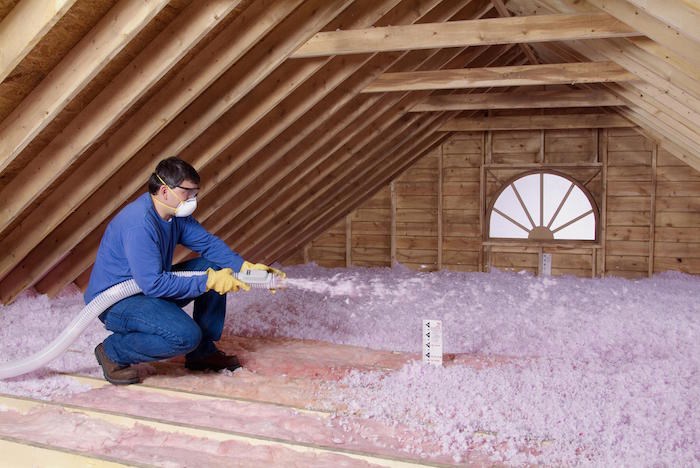
Insulation
An attic is typically the coldest or warmest part of the home, depending on the time of year, so you may need to add extra insulation. Spray foam insulation is most costly, but may be a better solution; in addition, insulation beneath the attic floor will not only prevent excessive heat loss in the winter, but will also provide a sound barrier that will mute attic sounds to those on the floor below.

Codes and Permits
Building codes vary from municipality to municipality, but a good rule of thumb to keep in mind is the “rule of sevens.” That’s because codes usually specify that at least half the attic’s height must be at least 7 feet, and this area must be a minimum of 7 feet wide and 70 square feet. This could have a big impact on your plans, while dormers and other modifications can assist in addressing any problems.
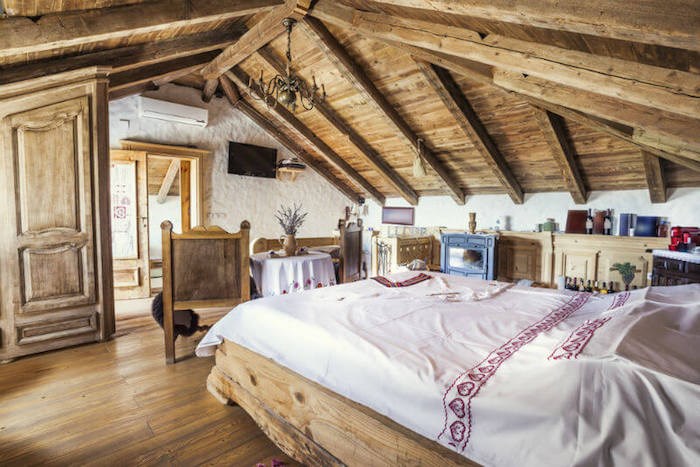
Beams: To Expose or Not to Expose
Will you want to leave ceiling beams exposed or cover with drywall? This will have ramifications on lighting, electrical and other elements, so it’s a good idea to sort out the beam-or-no-beam question before proceeding.
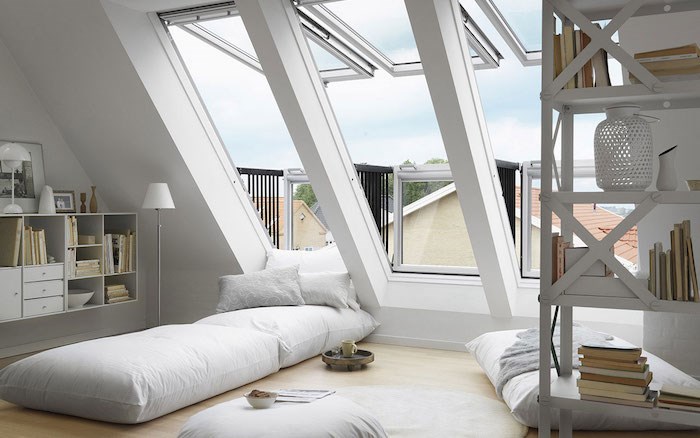
Skylights
Skylights (especially ones that can open) are a great solution to let light into an otherwise dark attic space, but it’s important to know where you’ll be placing them before renovating.
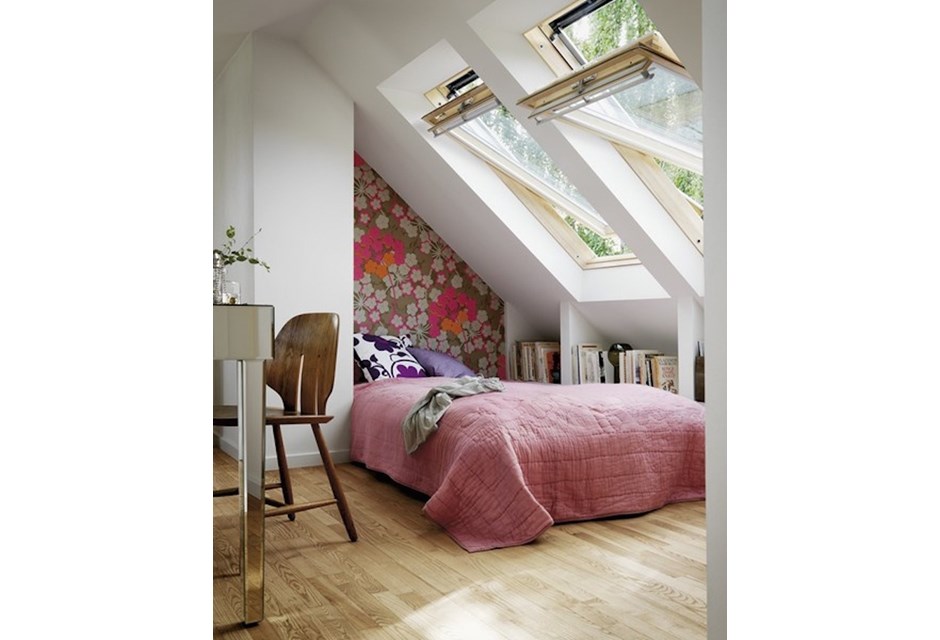
Windows
A similar alternative to skylights are roof windows such as these, and windows that can open – like these ones – will also allow the attic to be full of fresh air during the warmer months.
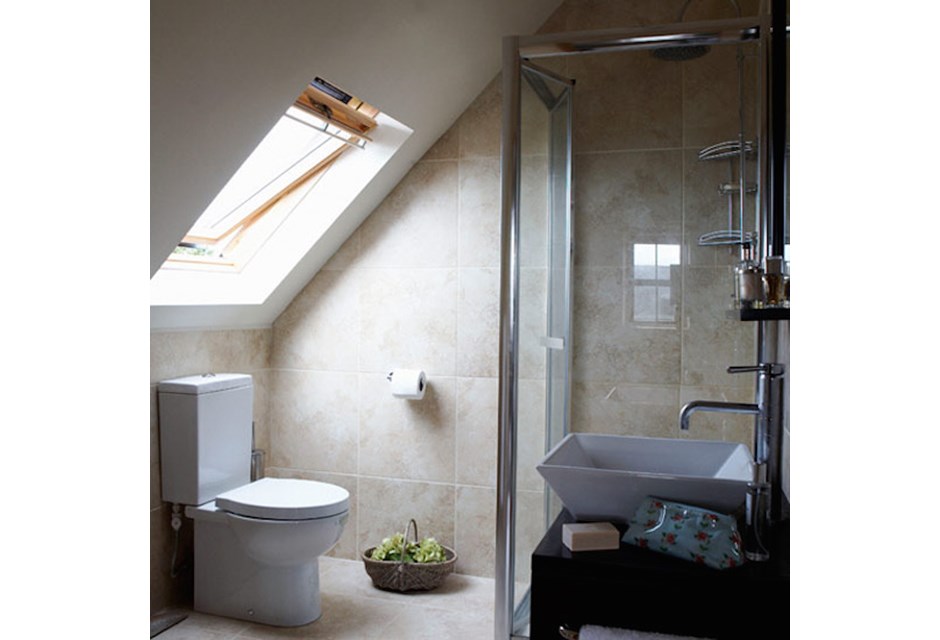
Bathroom
Do you envision adding a bathroom to your renovated attic? It can be a great use of space, and if this is your plan, think about where you’re going to situate the bathroom. Placing the bathroom on top of a bathroom on the lower floor will prevent the expense of having to move pipes. In addition, adding a bathroom may require additional structural strength to handle the new weight – another great reason to consult with an engineer.
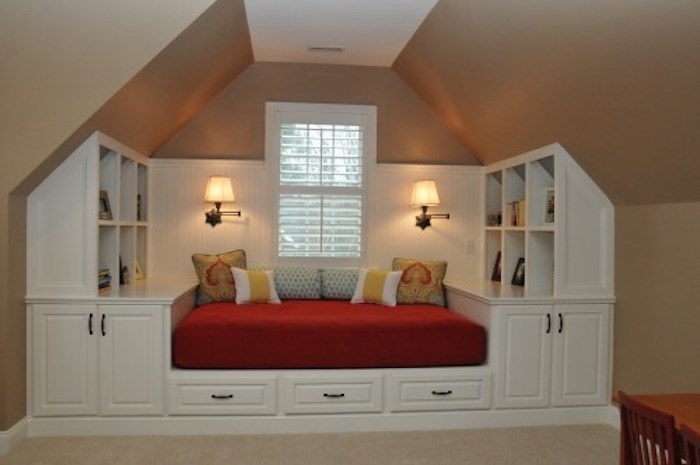
Storage
Storage is always at a premium in most homes, and converting an attic into living space presents a wonderful opportunity to create some built-in storage solutions, such as this brilliant window seat/storage unit with built-in shelving and drawers to maximize the use of space.
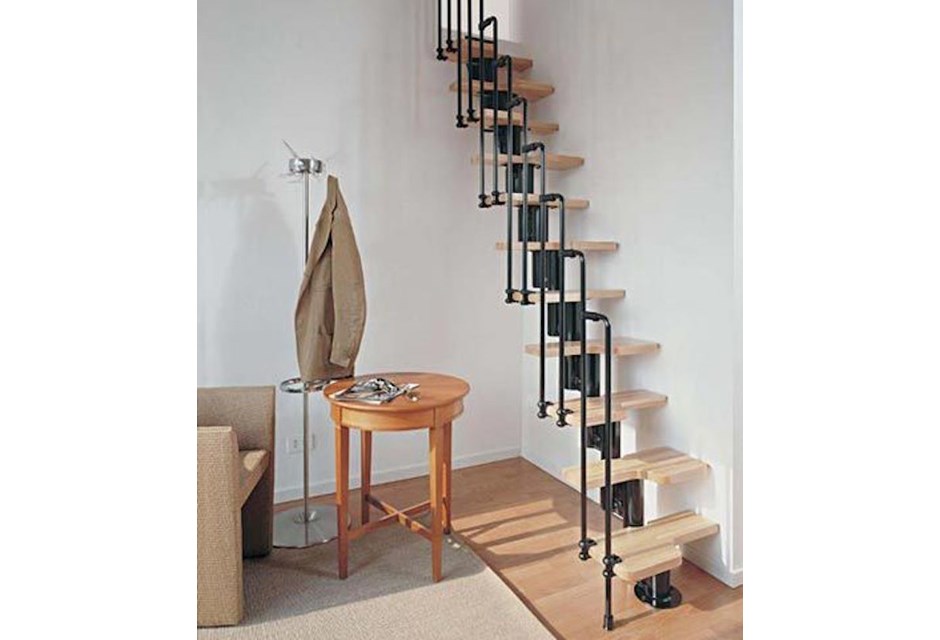
Stairs
Will you need to create a space for a new staircase up to the attic? Will that entail expanding the existing attic stairs or creating a completely new concept, such as this space-saving spiral staircase? Determining where you’re going to locate a staircase, and what type of staircase it will be, will help you determine the layout of your new refinished attic.
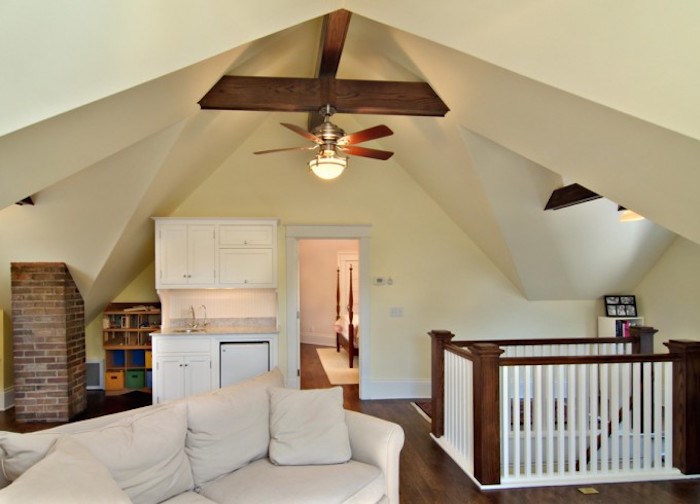
Ceiling Fan
When creating the attic design, give serious consideration to leaving space for a ceiling fan. Not only will a ceiling fan keep the attic from getting musty by circulating air throughout, it will also help keep the space cool in the summer and warm in the winter, pushing hot air down into the house instead of letting it escape through the roof.

Heating and Cooling
Many homeowners find that extending the existing heating/cooling system to the attic can be a bigger job than anticipated, and opt to give the attic its own standalone heating and cooling. Baseboard heaters and radiant under-floor heating can be good options.
Home Network your inbox.
By clicking "SIGN UP” you agree to receive emails from Home Network and accept Corus' Terms of Use and Corus' Privacy Policy.




